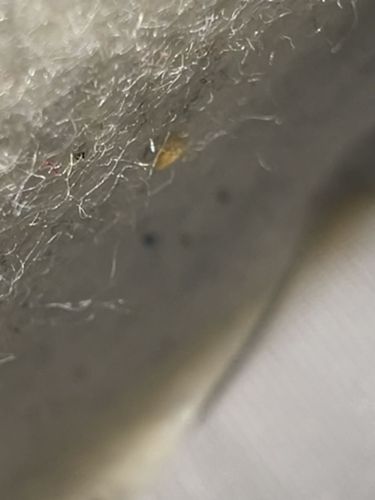Dust Mite
Scientific Name: Dermatophagoides spp. (e.g., Dermatophagoides farinae, Dermatophagoides pteronyssinus)
Order & Family: Order: Sarcoptiformes, Family: Pyroglyphidae
Size: Typically 0.2-0.3 mm (0.008-0.012 inches) long, making them microscopic and invisible to the naked eye.

Natural Habitat
They thrive in warm, humid environments, commonly found in mattresses, pillows, upholstered furniture, carpets, and bedding where human skin flakes accumulate.
Diet & Feeding
Dust mites are detritivores, feeding primarily on organic detritus, especially shed human and animal skin flakes (dander).
Behavior Patterns
They are not parasites and do not bite or sting. They are most active in environmental conditions of 70-80°F (20-27°C) and 70-80% relative humidity. They tend to burrow into soft materials to feed and reproduce. Their life cycle from egg to adult is about 3-4 weeks, and adults live for 2-3 months.
Risks & Benefits
Dust mites themselves are not directly harmful, but their fecal pellets and shed body fragments are major triggers for allergies and asthma in sensitive individuals. They do not transmit diseases. There are no known direct benefits to humans, but as decomposers, they play a minor role in the breakdown of organic matter.
Identified on: 10/12/2025